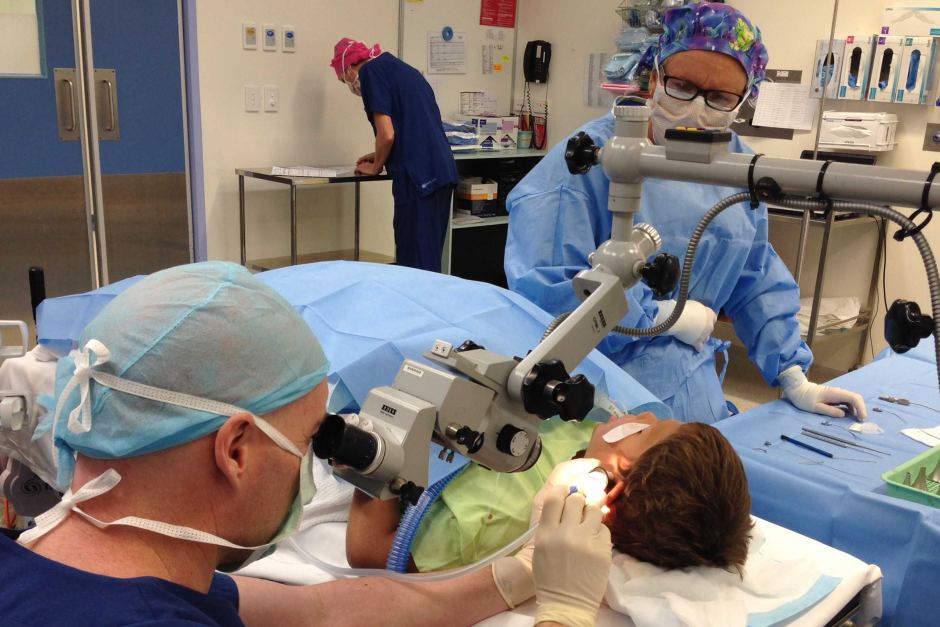Overview
What is a perforated eardrum?
Our ears have 3 sections, the outer ear, the middle ear and the inner ear, each having some set of unique functions. Present at the end of the ear canal, the eardrum is a small membrane that is responsible for collecting the sounds that enter the ear. These soundwaves are then transmitted to the ossicles. The eardrum also acts as a protective shield that prevents unwanted debris and germs from entering the middle ear. These can, however, get damaged due to prolonged exposure to very loud sounds or injuries/trauma sustained in an accident. A perforated eardrum is marked by a hole in the otherwise intact eardrum. The size of the perforation varies from person to person and in extreme cases, it can even lead to deafness. Though smaller perforations might not trigger any serious complication, they can make your ear more vulnerable to infections. Doctors may initially recommend simple medication and home remedies, however, if these fail to work, you might need to undergo tympanoplasty.
Complications:
- Increased vulnerability to ear infections
- Severe ear pain
- Temporary or permanent hair loss
- Excessive drainage from the ear
- Skin cysts or cholesteatoma
Causes
Chronic ear infection
Eardrum injury sustained in an accident
Excessive exposure to loud noises
Air pressure fluctuation
Symptoms
Partial or complete loss of hearing
Yellowish ear discharge
Middle ear infection
Persistent pain in the ear
Feeling feverish
Tinnitus or ringing sound in the ear
Vertigo
Diagnosis & Treatment

To diagnose eardrum perforation, the doctors will first conduct a physical examination using an otoscope or auriscope. Other diagnostic modalities include:
- Auditory testing, which is done to assess the severity and type of hearing loss using different sounds.
- CT scan – Computed tomography scan helps to generate images of the affected ear and the associated structures for determining any structural abnormality
- MRI – Magnetic resonance imaging helps to generate high-resolution images of the ear using magnetic waves.
The doctors may initially recommend non-invasive treatments for managing the symptoms and preventing any further damage, however, if these fail to give the desired results, you might need tympanoplasty. It is a minimally invasive reconstructive procedure that is carried out under the influence of anaesthesia. The surgery is predominantly recommended when the perforation is very large or if there is a chronic infection that is not responding well to medicines.
Why choose Yashoda?

Latest & most-advanced medical care

Compassion in treating patients ensuring confidentiality

High standards in patient-centric care

Exceptional patient safety & maintenance


